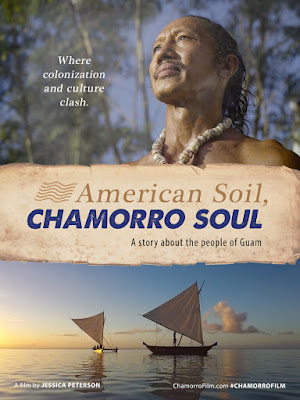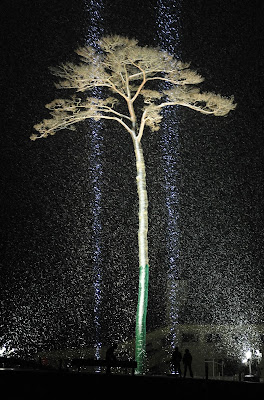
The film American Soil, Chamorro Soul premiered last week at the University of Guam Film Festival. The documentary is currently on sale through the website Chamorro Film . Head there to watch it online or purchase a DVD. I'll be posting more about the film as I was involved in the filming of it as an informant and a consultant. It is a very interesting and exciting short documentary about contemporary Chamorro culture. Below is an article about the film and the director Jessica Peterson. *********************** Where Does America's Day Begin? by Amanda Pampuro Guam Daily Post April 3, 2016 From cultural resurgence to sustainability, healthcare and tourism, the documentary short “American Soil, Chamorro Soul” raises a number of questions. Painting “intimate portraits of Chamorro people living their culture,” the film features master dancer Frank Rabon leader of Tao Tao Tano, carver Ron Acfalle as he rebuilds the ancient proa as best he can, and Audrey Meno who
